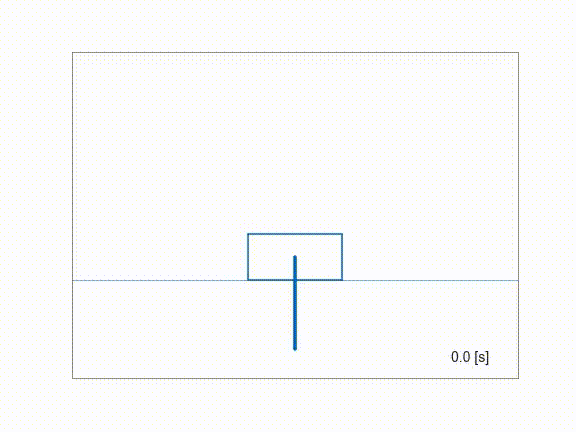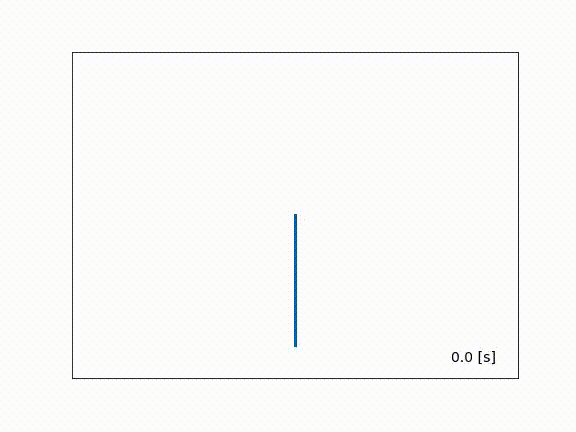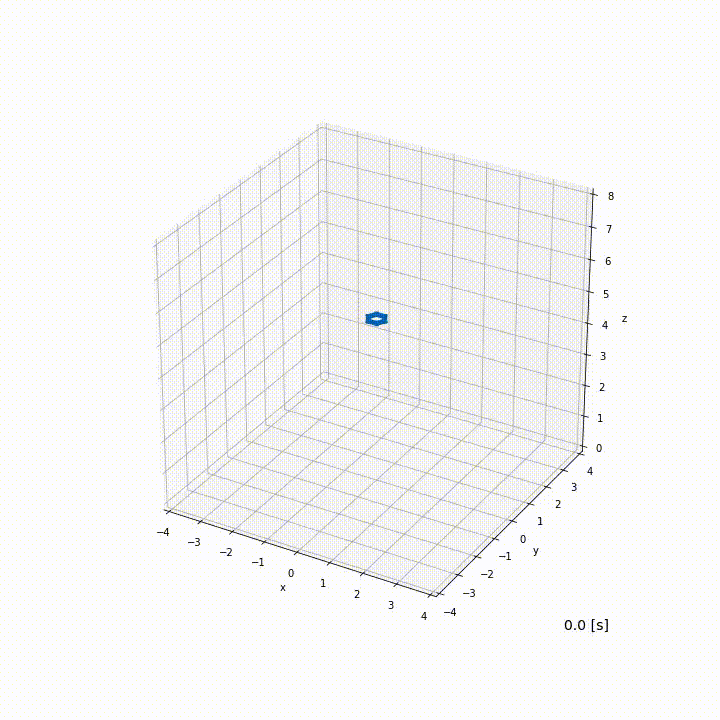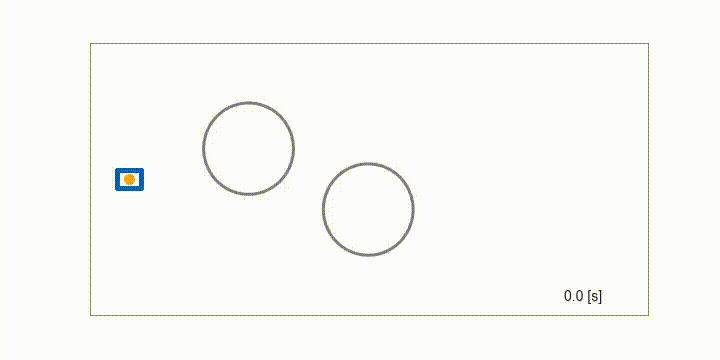autogenu-jupyter
 autogenu-jupyter copied to clipboard
autogenu-jupyter copied to clipboard
An automatic code generator for nonlinear model predictive control (NMPC) and the continuation/GMRES method (C/GMRES) based numerical solvers for NMPC
AutoGenU for Jupyter
Introduction
This project provides the continuation/GMRES method (C/GMRES method) based solvers for nonlinear model predictive control (NMPC) and an automatic code generator for NMPC, called AutoGenU.
The following C/GMRES based solvers are provided:
-
MultipleShootingCGMRESSolver: The multiple shooting based C/GMRES method with condensing of the state and the Lagragne multipliers with respect to the state equation. -
SingleShootingCGMRESSolver: The original C/GMRES method (single shooting).
Requirement
- C++17 (MinGW or MSYS and PATH to either are required for Windows users)
- CMake
- Python 3.8 or later, Jupyter Lab or Jupyter Notebook, SymPy, and collection (to generate
ocp.hpp,main.cpp, andCMakeLists.txtbyAutoGenU.ipynb) - Python 3.8 or later, NumPy, Matplotlib, and seaborn (to plot simulation data on
AutoGenU.ipynb) - ffmpeg (to generate animations in
pendubot.ipynb,cartpole.ipynb,hexacopter.ipynb, andmobilerobot.ipynb)
The python modules can be installed via
pip install -r requirements.txt
Usage
Submodules
Please confirm that you clone this repository as
git clone https://github.com/mayataka/autogenu-jupyter --recursive
Otherwise, please do the following command:
git submodule update --init --recursive
AutoGenU
AutoGenU.ipynb generates following source files under your setting state equation, constraints, cost function, and parameters:
-
ocp.hpp -
main.cpp -
CMakeLists.txt
You can also build source files for numerical simulation, execute numerical simulation, and plot or save simulation result on AutoGenU.ipynb.
C/GMRES based solvers of NMPC
The C/GMRES based solvers in src/solver directory can be used independently of AutoGenU.ipynb. You are then required the following files:
-
ocp.hpp: write the optimal control problem (OCP) in your model
In addition to these files, you have to write CMakeLists.txt to build source files.
Demos
Demos are presented in cartpole.ipynb, pendubot.ipynb, hexacopter.ipynb, and mobilerobot.ipynb. You can obtain the following simulation results jusy by runnig these .ipynb files. The details of the each OCP formulations are described in each .ipynb files.




License
MIT
Citing autogenu-jupyter
We'd appriciate if you use cite the following conference paper:
@inproceedings{katayama2020autogenu,
title={Automatic code generation tool for nonlinear model predictive control with {J}upyter},
author={Sotaro Katayama and Toshiyuki Ohtsuka},
booktitle={{The 21st IFAC World Congress 2020}},
pages={7033-7040},
year={2020}}
References
- T. Ohtsuka A continuation/GMRES method for fast computation of nonlinear receding horizon control, Automatica, Vol. 40, No. 4, pp. 563-574 (2004)
- C. T. Kelly, Iterative methods for linear and nonlinear equations, Frontiers in Apllied Mathematics, SIAM (1995)
- Y. Shimizu, T. Ohtsuka, M. Diehl, A real‐time algorithm for nonlinear receding horizon control using multiple shooting and continuation/Krylov method, International Journal of Robust and Nonlinear Control, Vol. 19, No. 8, pp. 919-936 (2008)